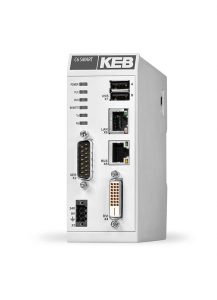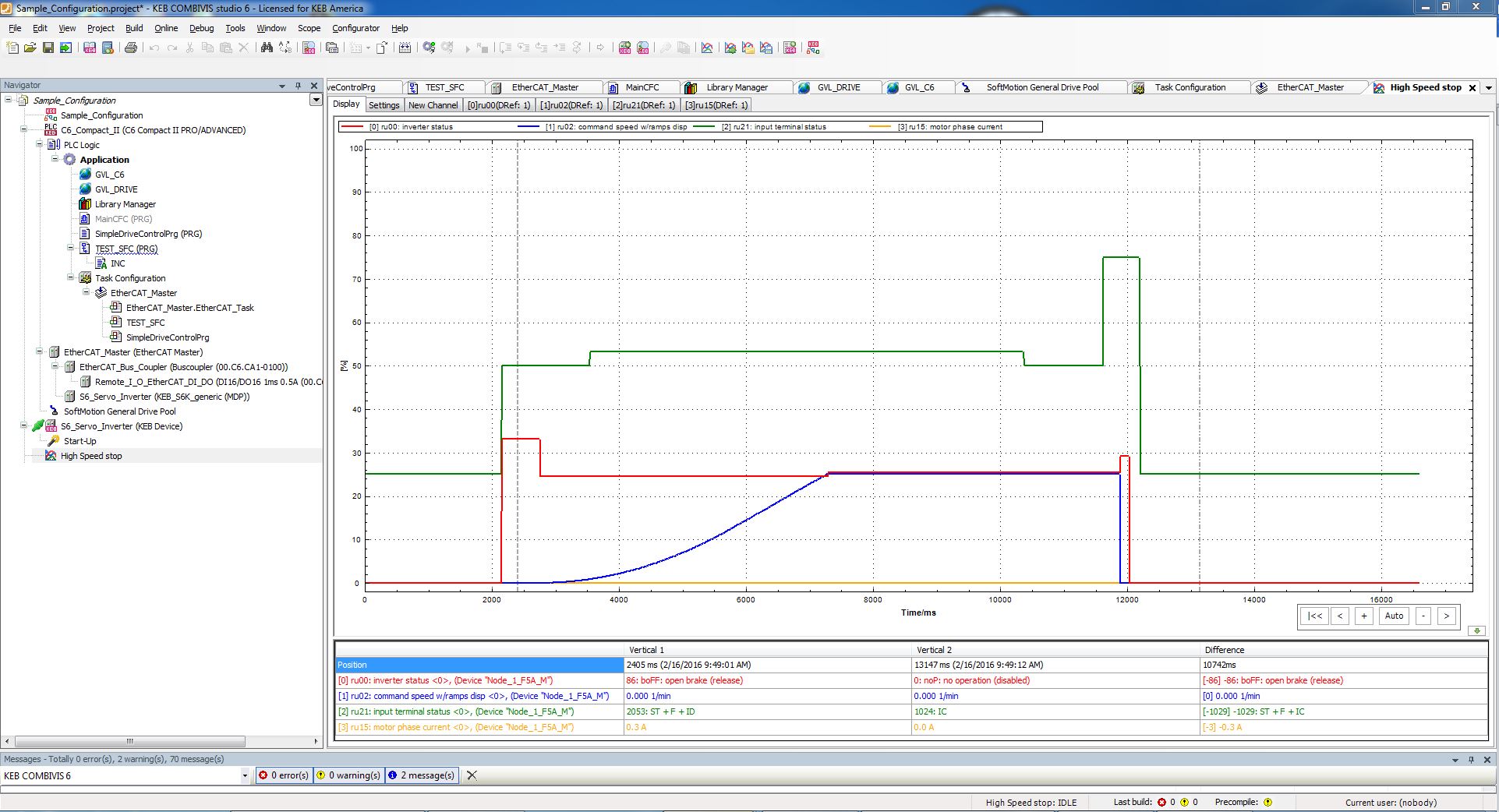Basics of Digital Data Types: The Building Blocks of Fieldbus Communication
The video and article below will help you better understand the building blocks of fieldbus communication by explaining digital data types.
Application Engineer, Mike Keefe, talks through the digital data types that make up digital communication, the foundation of fieldbus languages in industrial automation applications.
This is an introduction to the digital data types used in fieldbus communication. A “bit” is the most basic form of computing digital communication and is crucial to understanding fieldbus communication.
A bit is shortened from “binary digit,” and is simply a stored 1 or 0. A 1 typically refers to on, or true, or yes, while a 0 refers to off, or false, or no. From this very basic 1 or 0, complex communication can be built.

From the foundation of the basic bit of a one or a zero, we can group them together to form larger data types. Now we will group four bits together to build more complex data packages. If we group four together it is called a nibble. While that is a rather uncommon term, it is more commonly known as a hex code. So a hex is just simply four bits grouped together.
Related Article: Glossary of PLC Terms
Now let’s look at the values of the bits and the hex codes. With each bit being 0 or 1, and with 4 bits being in the hex code, there are 16 different unique combinations. So at the very basic configuration, they could all be zeros, or they could all be one, or for a little bit more complex example, the two outside bits could both be zero, while the two inside bits are one. So ultimately four bits for sixteen different unique combinations. If they’re all zero, what’s referred to as the decimal value will also be zero. Not surprisingly, if all the previous values are zero, then the total value would also be zero.
If all of the bits are 1. Your decimal value would be 15.
Total value adds up to 16 different combinations if you count zero, then you have a value of 0 to 15. If you have all 1’s your hex value would be “F.” The hex value is a little bit different. Rather than being from 0 to 15, it goes from 0 to 9, and then A, B, C, D, E, F for 16 total different unique combinations.

So now that we’ve talked about the basic bit for a zero and one, and a hex, which is four bits, we can group them together into even larger data types for even more complex communication. If we look at the second diagram (see below) there are eight hex value boxes at the bottom. If we group two of them together that’s what’s referred to as a byte, a b-y-t-e, not a bit. If we group two bytes together, we have a word. Finally, not the most creative name, but if we group two words together we get a double word. So, at the top, we have a double word at 32 bits each, a word at 16 bits each, a byte at 8 bits each, and a hex with 4 bits each.
Now that we’ve talked about how many bits are in each different data type we can expand upon the values to see what the various value ranges are. So for this one, let’s look at a byte. We have eight bits in each byte, which all can again still be zero or one. If all of them are zero, you still have a value of zero for your decimal, and zero for your hex. If all of them are one, you then have 256 different combinations. So your final decimal value is 255. (from 0 to 255 for 256 combinations) And then finally, your hex values range from 00 to FF.

Now that we’ve looked at the different value combinations for the byte, those are then grouped together for even larger words, and double words. The word has 65,536 different combinations, while the double word has over 4.2 billion combinations.
These little 1s and 0s that make up each bit can be combined to make very large data types for complex communication. If you’d like to learn more about fieldbus communication types, or if you want to solve for an automation application you are currently working on, Contact a KEB application engineer today.
Let's Work Together
Connect with us today to learn more about our industrial automation solutions—and how to commission them for your application.






